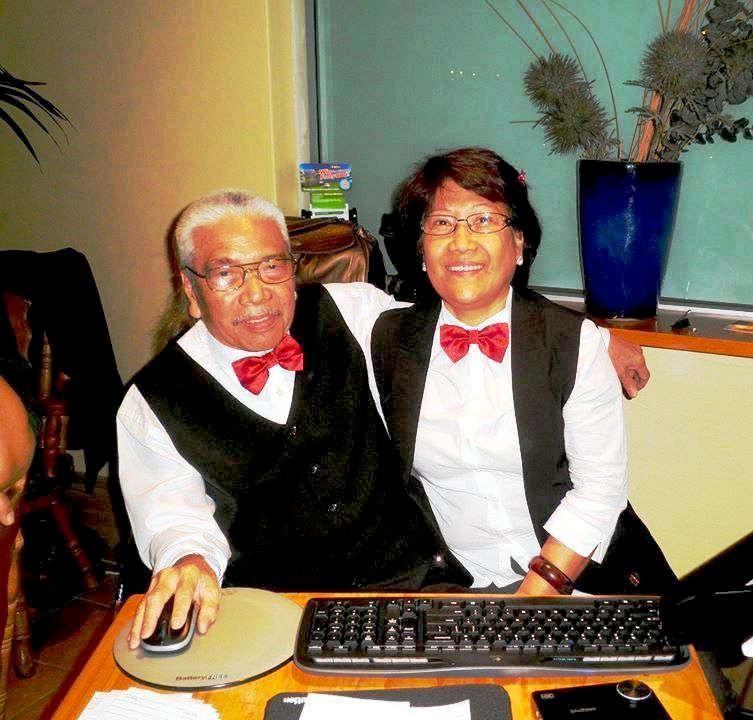Frankie_Violet - Besame Mucho

Frankie_Violet
Mar 22, 2025 05:39am
<p><span style="color: rgb(32, 33, 34);">"</span><strong style="color: rgb(32, 33, 34);">Bésame Mucho" (Spanish: </strong><a href="https://en.wikipedia.org/wiki/Help:IPA/Spanish" rel="noopener noreferrer" target="_blank" style="color: rgb(32, 33, 34);"><strong>[ˈbesame ˈmutʃo]</strong></a><strong style="color: rgb(32, 33, 34);">; "Kiss Me A Lot") is a </strong><a href="https://en.wikipedia.org/wiki/Bolero" rel="noopener noreferrer" target="_blank"><strong>bolero</strong></a><strong style="color: rgb(32, 33, 34);"> song written in 1932 by </strong><a href="https://en.wikipedia.org/wiki/Mexicans" rel="noopener noreferrer" target="_blank"><strong>Mexican</strong></a><strong style="color: rgb(32, 33, 34);"> songwriter </strong><a href="https://en.wikipedia.org/wiki/Consuelo_Vel%C3%A1zquez" rel="noopener noreferrer" target="_blank"><strong>Consuelo Velázquez</strong></a><strong style="color: rgb(32, 33, 34);">.</strong><a href="https://en.wikipedia.org/wiki/B%C3%A9same_Mucho#cite_note-fox20050130nyt-2" rel="noopener noreferrer" target="_blank" style="color: rgb(32, 33, 34);"><sup><strong>[2]</strong></sup></a><strong style="color: rgb(32, 33, 34);"> It is one of the most popular songs of the 20th century and one of the most important songs in the history of </strong><a href="https://en.wikipedia.org/wiki/Latin_music" rel="noopener noreferrer" target="_blank"><strong>Latin music</strong></a><strong style="color: rgb(32, 33, 34);">. It was recognized in 1999 as the most recorded and covered song in Spanish of all time.</strong><a href="https://en.wikipedia.org/wiki/B%C3%A9same_Mucho#cite_note-3" rel="noopener noreferrer" target="_blank" style="color: rgb(32, 33, 34);"><sup><strong>[3]</strong></sup></a><a href="https://en.wikipedia.org/wiki/B%C3%A9same_Mucho#cite_note-4" rel="noopener noreferrer" target="_blank" style="color: rgb(32, 33, 34);"><sup><strong>[4]</strong></sup></a><strong style="color: rgb(32, 33, 34);"> Famous versions were sung by </strong><a href="https://en.wikipedia.org/wiki/Trio_Los_Panchos" rel="noopener noreferrer" target="_blank"><strong>Trio Los Panchos</strong></a><strong style="color: rgb(32, 33, 34);"> and female vocalist </strong><a href="https://en.wikipedia.org/wiki/Gigliola_Cinquetti" rel="noopener noreferrer" target="_blank"><strong>Gigliola Cinquetti</strong></a><strong style="color: rgb(32, 33, 34);"> in 1968, and by </strong><a href="https://en.wikipedia.org/wiki/Dalida" rel="noopener noreferrer" target="_blank"><strong>Dalida</strong></a><strong style="color: rgb(32, 33, 34);"> in 1976. English lyrics to it were written by </strong><a href="https://en.wikipedia.org/wiki/Sunny_Skylar" rel="noopener noreferrer" target="_blank"><strong>Sunny Skylar</strong></a><strong style="color: rgb(32, 33, 34);">. It inspired the cult Indian song, Yeh Samaa Samaa Hai Pyar Ka, sung by </strong><a href="https://en.wikipedia.org/wiki/Lata_Mangeshkar" rel="noopener noreferrer" target="_blank"><strong>Lata Mangeshkar</strong></a><strong style="color: rgb(32, 33, 34);"> in the film </strong><a href="https://en.wikipedia.org/w/index.php?title=Jab_Jab_Phool_Khile.&action=edit&redlink=1" rel="noopener noreferrer" target="_blank"><strong>Jab Jab Phoo</strong></a></p><p><br></p><p><strong>Being a cover of the Pop-Tenor's cover (Andrea Bocelli), this is recorded on a one fullstep higher.</strong></p><p><br></p>
